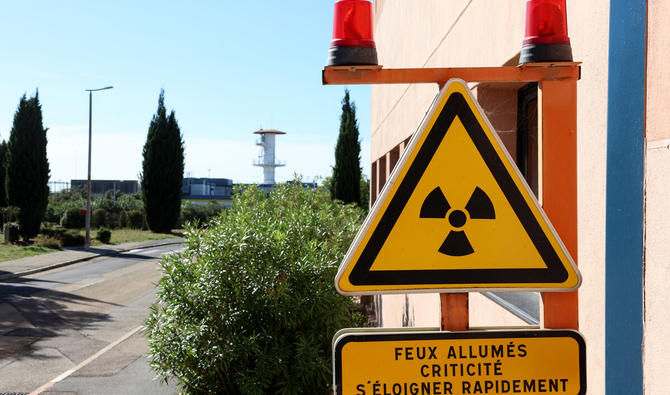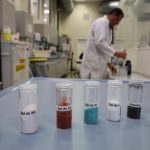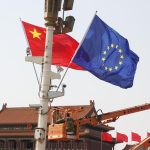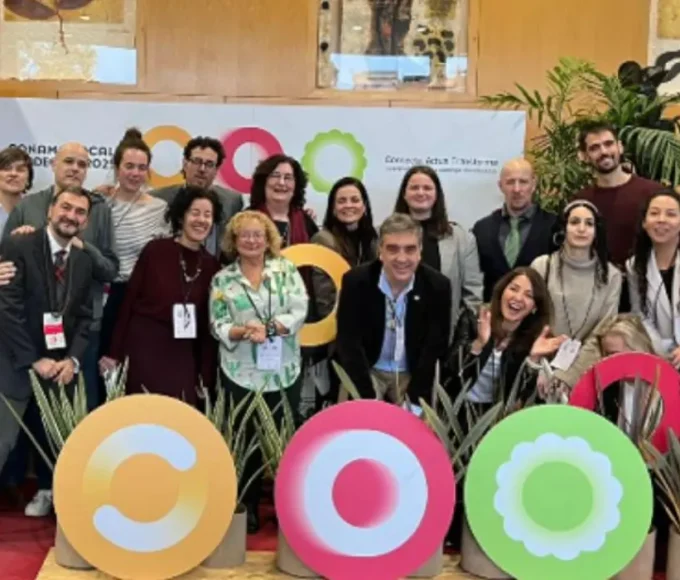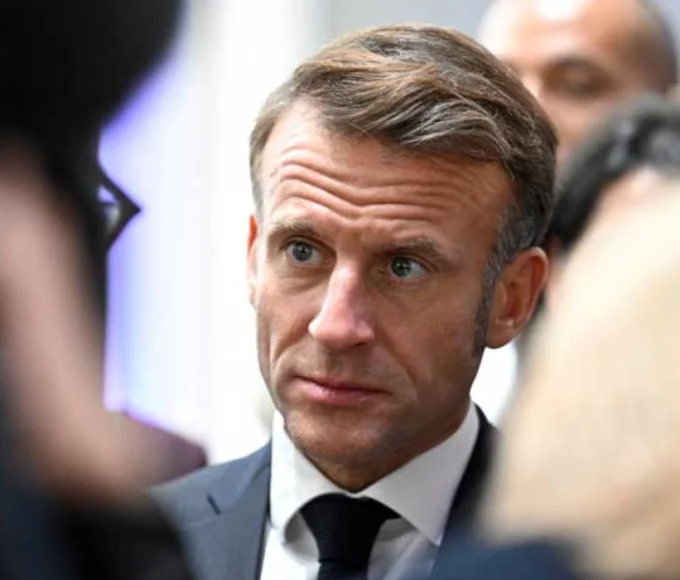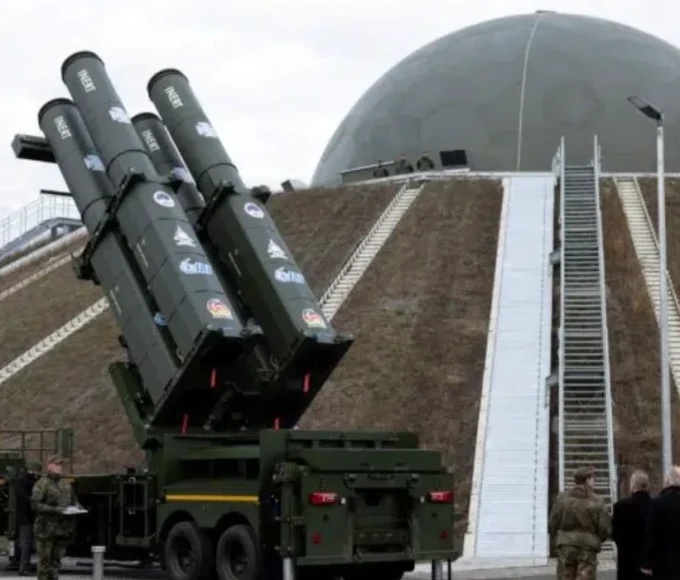Around fifteen ministers are meeting in Paris on Thursday and Friday for an international conference, under the aegis of the French government and the OECD, with a view to accelerating the return of nuclear power and encouraging international institutions to finance it.
Officials as well as nuclear industrialists are expected to come from Japan, Canada, the United States, the United Kingdom and the European Union: Czech Republic, Poland, Romania, Sweden…
Before the conference, around 7:00 a.m., a dozen Greenpeace activists unfurled a banner in front of the entrance and on the roof of the OECD building, denouncing “a climate distraction”. Some of them were dislodged by the police peacefully then searched and taken away, while others remained camped on the roof, handcuffing themselves to the barriers, according to an AFP journalist.
“We are here to denounce the greenwashing of France which wants to organize a massive relaunch of nuclear power (…) This operation does not aim to save the climate but to save the nuclear industry”, declared to the AFP Pauline Boyer, campaign manager on energy transition at Greenpeace.
The objective of this meeting is to “define roadmaps to relaunch nuclear power at the global level, and thus contribute to achieving carbon neutrality objectives while strengthening energy security”, explains the French Minister of Energy Transition Agnès Pannier-Runacher, co-organizer with the OECD Nuclear Energy Agency.
Before being an industrial alliance, it is first of all “a political alliance”, explains his office.
A ministerial declaration is expected, to underline the “indispensable” nature, according to its signatories, of the nuclear “tool” in the energy transition, alongside renewable energies, efficiency and energy savings. CO2 emissions per kWh from nuclear power are low, as with renewables.
The French minister will also meet her Italian counterpart, at a time when Italy, having left nuclear power after Chernobyl (1986), could reconsider this option.
Many challenges
France, the most nuclearized country in the world per capita (56 reactors for 68 million inhabitants), has become the European spearhead of the relaunch of the atom, at the head of a “European nuclear alliance” defending nuclear power in the difficult negotiations on the reform of the EU electricity market.
Bringing together Eastern European countries in particular, “this alliance also wants to build industrial cooperation to put an end to the dependence” of some on Russia.
According to the Nuclear Energy Agency, nuclear capacities in the world should be tripled by 2050 to meet carbon neutrality objectives, by combining existing reactors, new generation reactors but also small modular reactors (SMR), currently being designed.
“We are witnessing a return to nuclear power in the world,” noted to the press on September 18 the director of the International Energy Agency (IEA), another OECD agency, Fatih Birol, citing Japan, Canada, Finland, Sweden, China, and the United States.
But relaunching the atom, which fell into disgrace after the disaster at the Japanese Fukushima power plant (2011), involves many challenges: building training courses, a supply chain, finding financing suitable for these long and costly investments – while low-carbon energy must skyrocket without delay, starting this decade, to limit global warming to 1.5°C compared to the pre-industrial period.
In 2022, 7.9 GW of nuclear capacity was put into service, an increase of 40% in new installations compared to 2021. However, most of the construction starts in recent years have come from China, for its market interior, and Russia for several countries.
“We are facing an extraordinary increase in announcements but not much is happening on the ground,” puts Mycle Schneider, coordinator of the World Nuclear Industry Status Report, in perspective, interviewed by AFP.
From the IEA’s point of view, the resumption of nuclear activity will “continue”. On condition, however, that manufacturers deliver the projects “on time and while respecting costs”, while delays and budgetary slippages weigh on projects like Flamanville in France. “The ball is in their court,” warned the head of the IEA.
This article is originally published on arabnews.fr


